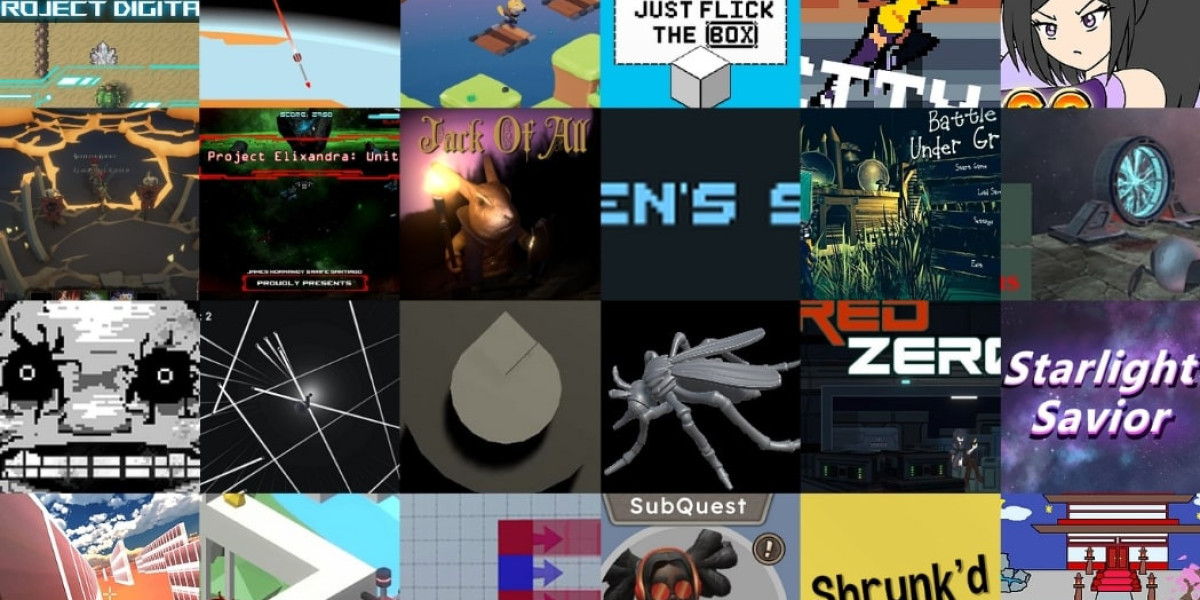Let's chat about game design. With all the games out there, have you often pondered what sets a good game apart from others?
Whether you're in the planning process of making your first indie game or you are just thinking too much about how your favourite game was made, understanding the fundamental pillars of great game design will change the way you look at and make games for the rest of your life.
So buckle up, game devs and gamers; it's time to get started.
1. Compelling Mechanics: It’s How the Game Feels
Mechanics are the rules, actions, and feedback loops that make your game… well, a game. Think of jumping in Mario, building in Minecraft, or dodging bullets in Cuphead. Good mechanics are intuitive but deep enough to challenge you as you master them.
Ask yourself:
Is the player doing something fun every few seconds?
Can the mechanic evolve or scale as the game progresses?
Pro tip 1: Simple doesn’t mean shallow. Tetris is as basic as it gets, but it’s still going strong decades later. Why? Tight mechanics. No fluff.
2. Meaningful Choices: Give Players the Wheel
A core tenet of great game design is agency. Players should feel that their choices matter—whether it’s choosing a character class, plotting a stealth route, or deciding to spare or slay the dragon.
Let’s get meta:
Think of a time when a game made you pause and go, “Wait… what should I do here?”
That’s not a glitch—that’s design gold.
Even games with linear stories (looking at you, God of War) let players express themselves through combat style, upgrades, and exploration.
3. Engaging Worlds: More Than Just Pretty Pixels
World-building isn’t just for RPGs or open-world sandboxes. Even puzzle games benefit from a world that feels alive. Visual design, soundscapes, lore, and even loading screens can all reinforce immersion.
But beware:
A beautiful world without things to do is just a screensaver.
Great game design ensures the environment supports gameplay—not distracts from it.
Dialogue tip 2: If your world has NPCs, give them something meaningful (or funny!) to say. Players notice.
4. Progression: The Dopamine Loop Done Right
Why do players come back? One word: progress. Not just leveling up—but getting better at the game, unlocking new tools, and facing new challenges.
This is where game design becomes part psychology:
Set clear goals
Reward small wins
Raise stakes gradually
Great games keep you in the “flow zone”—not too hard, not too easy. Think of it as Goldilocks with a controller.
5. Emotional Connection: Make Players Feel Something
This is the soul of game design. Whether you’re creating a tragic narrative (like The Last of Us), a cozy farming sim (hi, Stardew Valley), or a laugh-out-loud party game (Overcooked!), emotion hooks players beyond gameplay.
If your game has a story, character arcs should matter.
If it doesn’t, even the sound of collecting coins can spark joy.
Ask yourself:
“What emotion do I want the player to carry even after they’ve put the controller down?”
TL;DR
The core pillars of great game design are:
Solid, scalable mechanics
Player agency and choice
Immersive world-building
Satisfying progression
Emotional resonance
Miss even one, and your game might feel flat. Nail all five? You’ve got something unforgettable.
Want to turn your game ideas into reality?
Join the Game Design & Development program at MAGES Institute and learn from industry pros. Build, test, and launch your own games with guidance from the best.






